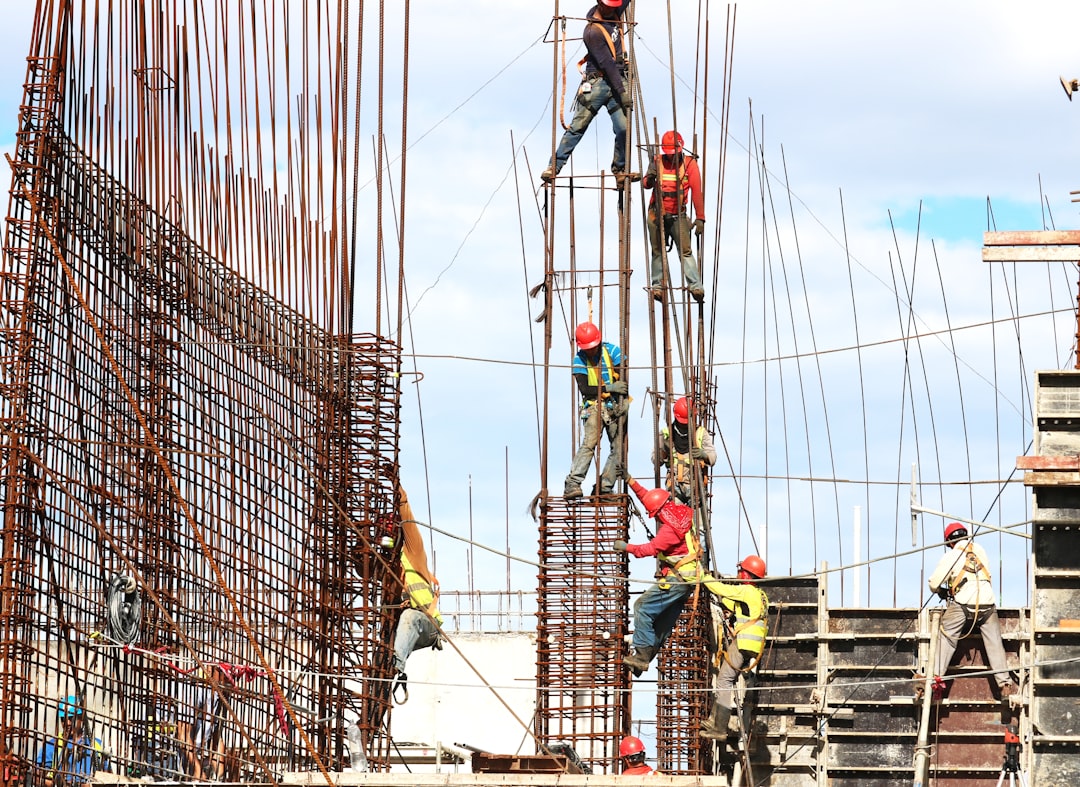What is it about?
Child marriage violates human rights, with significant consequences for children, including higher fertility rates, early school dropouts and lower educational attainments. A reduction in child marriage rates is associated with substantial social and economic welfare gains. To support anti-child marriage policy programming, researchers have developed a prediction model that relies largely on regional and local inputs to model the incidence of child marriages. They use machine learning techniques to predict the changing prevalence of child marriage, including the combination of economic forces that predict child marriage, and show that their model predicts a large portion of child marriages.
Featured Image

Photo by Khadija Yousaf on Unsplash
Why is it important?
While there is a significant body of research on the factors that contribute to child marriage at the household level, there is limited research on the macroeconomic factors that influence the prevalence of child marriage at the regional level. The paper explores the potential of algorithms to support anti-child marriage policy programming.
Perspectives
Our research demonstrates that a machine learning model, which primarily utilizes publicly available regional data, can be valuable for child marriage programs in countries with limited household-level data. We believe that machine learning can be a potent instrument for governments and organizations striving to enhance people's lives. By analyzing vast amounts of data, machine learning algorithms can recognize patterns and correlations that may not be evident through conventional techniques. This enables policymakers to make more informed decisions and create effective policies that tackle complex social and economic problems. Nevertheless, it is crucial to ensure that public decision-making systems are both effective and fair, devoid of any discrimination.
Stephan Dietrich
Read the Original
This page is a summary of: Economic development, weather shocks and child marriage in South Asia: A machine learning approach, PLoS ONE, September 2022, PLOS,
DOI: 10.1371/journal.pone.0271373.
You can read the full text:
Contributors
The following have contributed to this page










